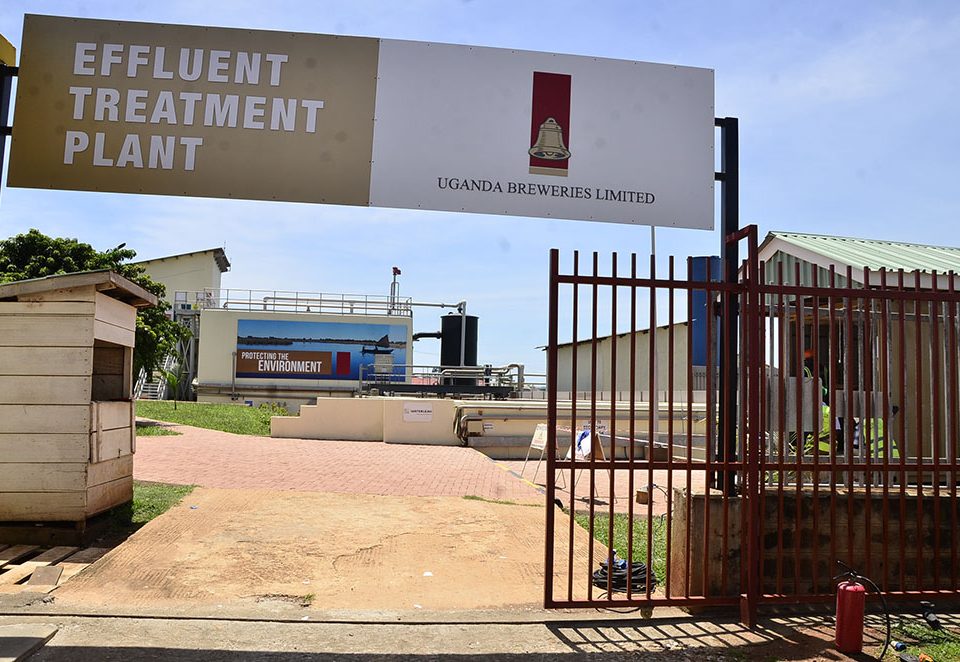Survey shows private sector improvement in May

A worker packs sugar at Kakira Sugar Works. Greater new orders allowed companies to increase their input buying and build inventory
The month of May saw a further improvement in the private sector’s performance, according the Stanbic Bank Purchasing Managers’ Index (PMI).
The overall upturn was supported by back-to-back expansions in both business activity and new orders, with the favourable demand conditions also underpinning optimism in the year-ahead outlook for output as companies are encouraged to expand staffing numbers again.
Shorter lead times and greater new orders allowed firms to increase their input buying and build inventory, according a press release from the bank.
- The PMI is compiled from responses to questionnaires sent to purchasing managers in a panel of around 400 private sector companies operating in various sectors including agriculture, mining, manufacturing, construction, wholesale, retail and services.
“On the price front, greater purchase and staff costs were recorded, pushing total operating expenses up. In turn, firms raised their selling prices further,” it adds.
Compared to 51.5 in May 2022, the headline PMI posted at 54.1 in May 2024, up from 52.6 in April and above the 50.0 neutral mark for the second month running, signaling a further improvement in business conditions across the country’s private sector.
- Business activity in the economy rose for the second month in a row, with a more upbeat sales environment contributing to the latest increase in new business in the month. Ugandan companies suggested that new client wins stemming from increased customer referrals helped boost new orders.
As was the case for output, new sales rose in all monitored sectors except agriculture.
Overall operating expenses rose further midway through the second quarter, as both purchase and staff costs increased again.
Higher wage bills, in part stemming from performance-related bonuses to motivate staff, alongside greater utility and raw material prices, drove cost inflation according to the survey.
Nevertheless, sustained and upbeat demand conditions enabled firms to raise their output charges for the 14th month running in May. Businesses often sought to pass the higher costs to customers, anecdotal evidence showed.
- Confidence in the outlook for output over the next year encouraged firms to expand their workforce numbers with four of the five monitored sectors signaling greater employment, except construction, which recorded a decrease in staffing numbers.
- Greater capacity allowed firms to work through their backlogs, which fell for the fifth month running.
At the same time, another monthly upturn in purchasing activity and a further improvement in suppliers' delivery times supported the building of stocks of purchases.



.jpeg)






















































